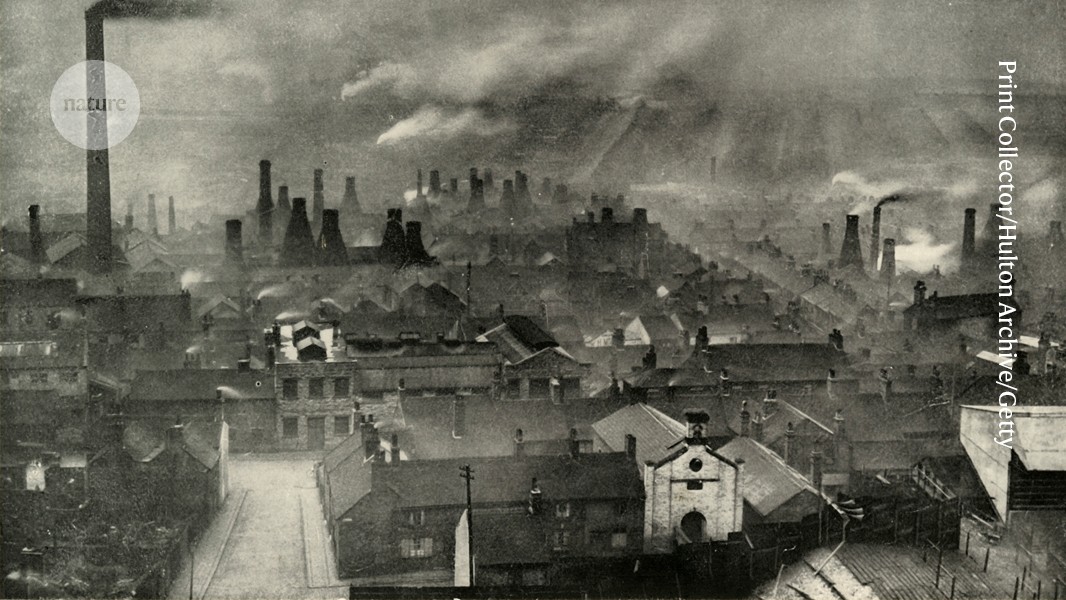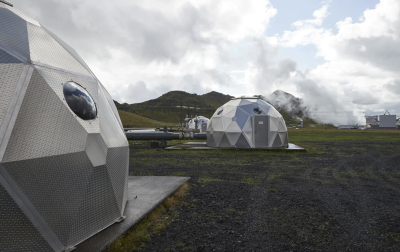
Smoke from pottery ovens drifted across the ceramics-producing city of Stoke (now Stoke-on-Trent), UK, during the Industrial Revolution, as shown in this illustration.Credit: Print Collector/Hulton Archive/Getty
How early in Earth’s history would scientists have been able to detect human-caused climate change if they’d had the proper technology? That’s the subject of a thought experiment published by researchers today in Proceedings of the National Academy of Sciences1.
Earth shattered heat records in 2023 and 2024: is global warming speeding up?
The answer: “As early as 1885,” says study co-author Benjamin Santer, an independent climate scientist based in Los Angeles, California. That’s when researchers could have “confidently disentangled” a human-caused signal of climate change from natural variations, or noise, in the data, he says.
Scientists Eunice Newton Foote and John Tyndall first discovered the heat-absorbing effects of carbon dioxide in experiments they ran independently in the 1850s. But it wasn’t until more than a century later that the scientific community agreed it was clear that rising emissions of CO2 and other gases were causing Earth to warm.
Santer and colleagues, however, now say that unmistakable signs of human-caused, or anthropogenic, climate change would already have been around before the end of the nineteenth century — a time when atmospheric CO2 concentrations were starting to rise because of the Industrial Revolution in Europe, but were still much lower than today. And such signs would have been detectable, if modern technology were available then.
Modelling the past
Water vapour, CO2 and other greenhouse gases trap infrared radiation emitted by Earth’s surface. Human activities such as burning fossil fuels pump these gases into the air, warming the lower layer of the atmosphere. But greenhouse gases have the opposite effect on the layer above this one, which is called the stratosphere and starts around 7 kilometres above Earth’s surface. As the lower layer holds in Earth’s warmth, less infrared radiation reaches the stratosphere, and it cools.
To carry out their thought experiment, the authors decided to focus on the predicted cooling of the mid-to-upper stratosphere, which is less affected by fluctuations from weather patterns than the warming of the lower atmosphere. Temperatures in the stratosphere are typically measured using Earth-sensing satellites, such as those operated by the US National Oceanic and Atmospheric Administration (NOAA).
Three ways to cool Earth by pulling carbon from the sky




